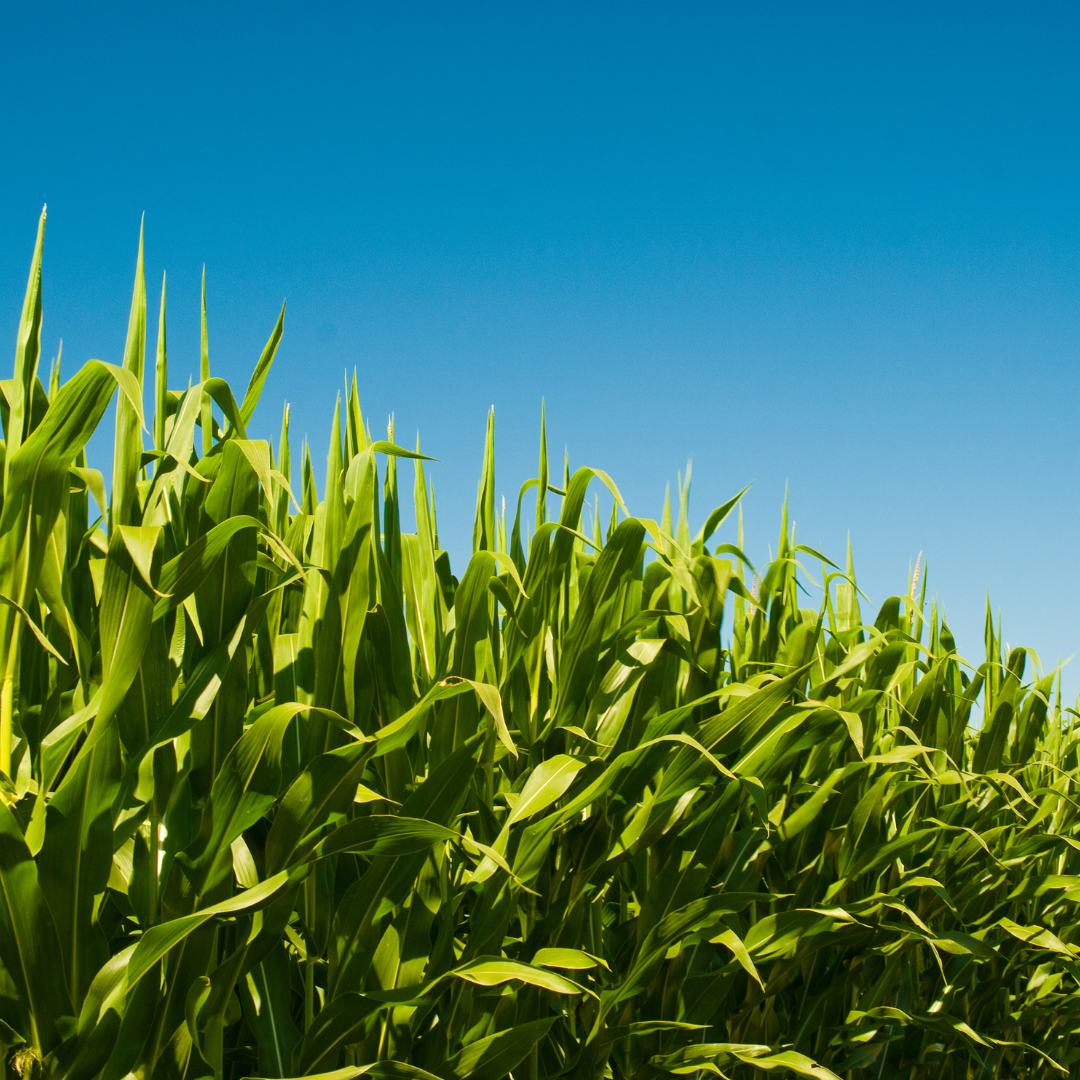Carbon Scoring: How it could impact your farming operation
Apr 11, 2024

Carbon Scoring: How it could impact your farming operation
KEN SMITH, CEO
Keeping up with all the different aspects of your farming operation can be challenging. Your cooperative is here to help with these opportunities and challenges. One area that needs attention is understanding carbon scoring of your corn crop. I would like to share my insight in an effort to help advance your understanding of how it could affect your operations margins.
Reducing carbon footprints is on many corporate, social, and government agendas today. While different models, opinions, and emotions surround the carbon landscape, it has implications for your farming operation. This becomes very real with corn sold in 2025 with the 45Z tax credits.
There is a difference between voluntary offsets and 45Z credits when discussing carbon opportunities. The voluntary offset market results from companies or entities wanting to reduce their carbon footprint and are willing to pay others to help. These voluntary markets look for crop production attributes and have their specific details on how they will pay. I will focus on the tax incentives that ethanol plants will receive, the 45Z credit.
What is the 45Z credit? 45Z is also known as the Clean Fuel Production Credit. In 2022, the federal government enacted the 45Z tax credit. This credit incentivizes ethanol plants to reduce their carbon intensity (CI) score. When their score goes below 50, tax credits start to kick in. The ways an ethanol plant can lower its CI score through the GREET model are Carbon Capture Sequestration, Carbon Capture and Utilization, Climate-Smart Agriculture Practices (e.g., no-till, cover crops, non-synthetic fertilizer use), Renewable Natural Gas, and Renewable Electricity. For every carbon intensity point reduction below 50 CI, ethanol plants are given a $0.02 per gallon tax credit, up to $1 per gallon if wage and apprenticeship requirements are met. The ethanol industry was built on the expectation of 5-10 cent gallon margins; this incentive is significant.
Corn producers can play a part in reducing the feedstock CI score for ethanol plants through their farming practices. Some practices include minimum tillage, cover crops, and manure use. I refer to these as attributes of the corn crop produced. We have not received guidance from the IRS on how this needs to be documented and ultimately scored. We will also need to see how carbon intensity will be scored by field or by entity. We will also need to see if corn must be sold to the ethanol plant or if we can use a cooperative like IAS to aggregate the attributes and sell on the producer’s behalf. Another factor that will come into play is how ethanol plants share the incentive.
The period when ethanol producers are eligible for the 45Z tax credits is calendar years 2025 to 2027. So, corn sold during this period should bring additional value to farmers willing to verify their respective CI for corn production. Understanding that you are selling the production attributes is likely a distinction that must be made and verified when selling corn. Ethanol plants will likely have a premium schedule for CI, and the timing of the payment is likely to vary. The ethanol producer receives the credit at their tax time and likely must sell credits they can’t use. Ethanol tax credits will likely have to be sold in the secondary market. It is anticipated that these will sell at a 5-10% discount.
What will ethanol plants likely pay for CI reduction? Today, many plants’ CI scores in Iowa come in at mid 50’s. Remember that tax credit incentives do not start until CI is below 50. They will also have to factor in what discount part of their credits will be exchanged. My current estimate is that we could see something near three cents a bushel premium for each point of the CI reduction premium schedule. This is an educated guess and assumes what the ethanol plants will share. If my guess is close, a 15-point CI reduction equates to a 45-cent bushel premium to the farmer. Corn production feedstock for ethanol plants has a CI calculation of nearly 28 today. If a producer has a combination of minimum tillage, manure, and cover crops, I think achieving a CI reduction of 28 points would be possible.
Getting IRS guidance and the details on verifying are important next steps. These details could change the assumptions I shared in this article. Working with a trusted advisor will be important for each grower to gain an understanding of how different markets value these attributes, as well as how to verify and when premiums will be paid. There are also specific details on how the grain you sell will be linked to the attributes and how the attributes could be moved (grain does not go there, but attributes do). Working on the information that verifies your attributes also needs to be understood.
Working with a trusted partner is important in this area, and we can help. We are educating our grain and agronomy teams while putting resources in place to help navigate this opportunity. We plan to have educational meetings this summer. Once guidance is out, we will be in a better position to provide the information to verify the CI scoring. We foresee that with our agronomy involvement and service, we could make it easier for you to verify your crop attributes. Thank you for working with IAS.